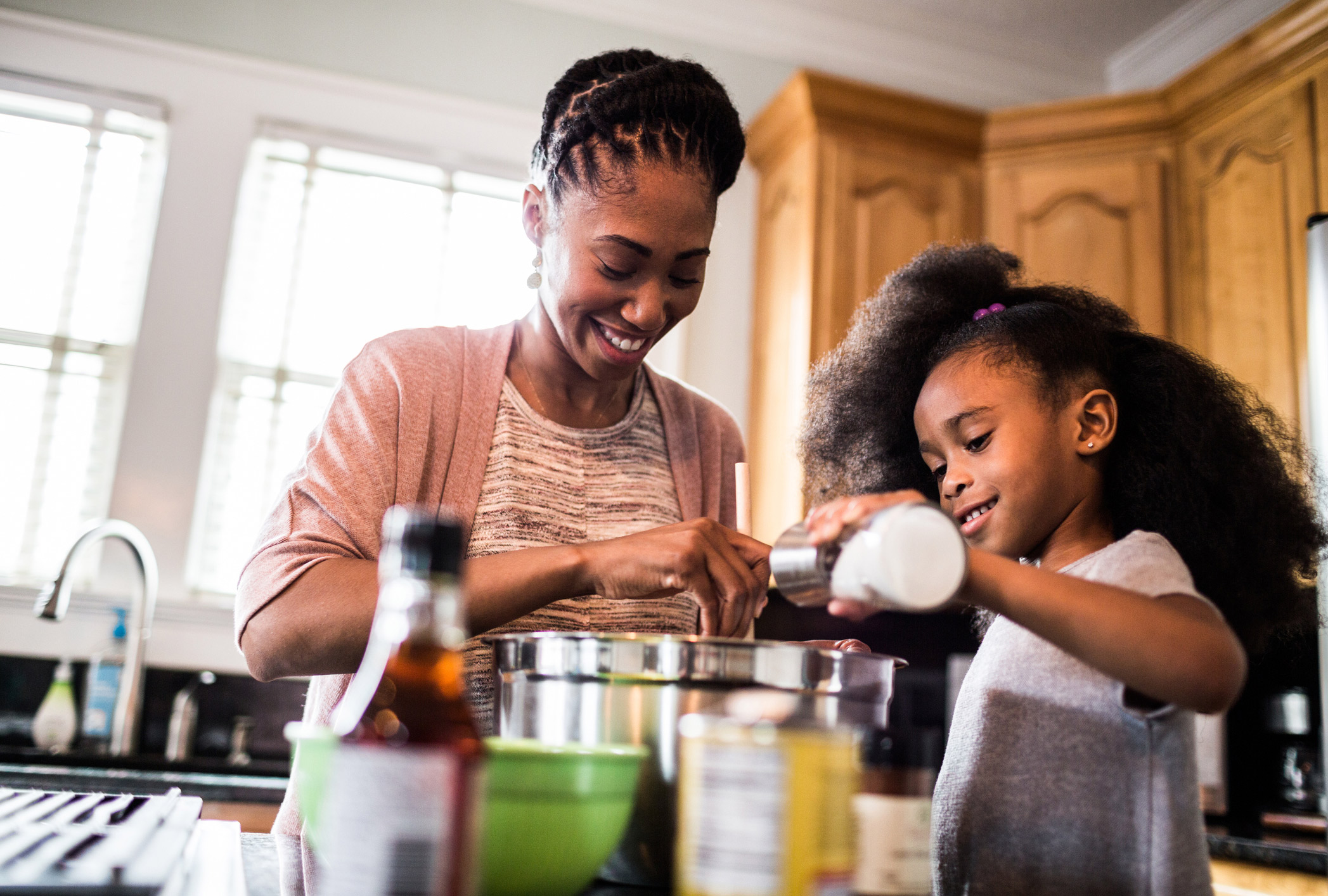Keeping you and your family safe from food poisoning takes four simple steps.
Did you know that an estimated 48 million people get sick each year from contaminated food? Registered dietitian at Vanderbilt University, Marilyn Holmes explains that, “Even with food safety inspection and monitoring at the federal, state and local level, the consumer still needs to make sure food is handled safely after it is purchased.”
Keep yourself and your loved ones safe from food poisoning with a few simple rules from the food safety experts at the U.S. Centers for Disease Control and Prevention: Clean, Separate, Cook and Chill.
Clean
Keep hands, utensil and work surfaces clean. Cleanliness is a major factor in preventing food borne illness.
- Wash hands with soap and water for at least 20 seconds before, during and after handling raw meat, poultry or seafood or their juices, or raw eggs. After washing and rinsing hands, dry using a clean towel. Also, remember to wash your hands after emptying garbage, using the toilet, touching animals, sneezing or coughing.
- Use hot soapy water to clean cooking utensils, countertops or anything that comes in contact with raw meat, poultry, seafood or eggs. Don’t forget other surfaces that might get contaminated, like sink faucets and handles, and refrigerator door handles.
- Choose non-porous acrylic, plastic or glass cutting boards that can be washed in a dishwasher. Once cutting boards become excessively worn or develop hard-to-clean grooves, replace them.
- Consider using paper towels to clean work surfaces. If you use dish towels, wash them in hot water in the washing machine after use.
- Replace sponges often.
Separate
Keep certain foods apart to avoid cross-contamination.
- Use one cutting board for raw meat, poultry or seafood and another for other foods.
- Wash all plates, utensils, and cutting boards that have touched raw meat, poultry, seafood or eggs in hot, soapy water before using them again. Never place cooked food back on the same plate or cutting board that previously held raw food.
- When grocery shopping, place raw meat, poultry and seafood in plastic bags to avoid leakage. Try to keep those food items separated, away from other food when checking out.
Cook
It’s important to cook food to the right temperature. Food is safely cooked when it reaches an internal temperature high enough to kill the harmful bacteria that cause foodborne illness.
- The CDC links eating undercooked meats with a higher risk of foodborne illness. Color is not a reliable indicator of doneness; use a food thermometer to check the internal temperature of your burgers and other meat, poultry and eggs. Refer to the CDC cooking temperatures reference guide for details on temperatures for specific foods.
- Cook eggs until the yolk and white are firm, not runny. Don’t use recipes in which eggs remain raw or only partially cooked.
- Cook fish to 145°F or until the flesh is opaque and separates easily with a fork.
- Make sure there are no cold spots in microwaved food (where bacteria can survive). For best results, cover food, stir and rotate for even cooking.
- Bring sauces, soups and gravy to a boil when reheating. Heat other leftovers thoroughly to 165°F.
Chill
Refrigerate and freeze perishable foods properly to avoid foodborne illness.
- Dietitian Holmes reminds us to avoid the danger zone with food. “Bacteria multiplies rapidly between 40 degrees and 140 degrees F. To keep food out of the danger zone, keep cold food cold, and hot food hot.”
- Leftovers should be placed in shallow containers and refrigerated promptly to allow quick cooling.
- Never thaw or marinate foods on the counter. The safest way to thaw or marinate meat, poultry and seafood is in the refrigerator.
- Know when to throw out food by checking the FDA’s Safe Storage Times chart. Be sure you throw food out before harmful bacteria grow.
Learn more about safe food handling, food poisoning prevention and groups at high risk by visiting the CDC food safety website.

